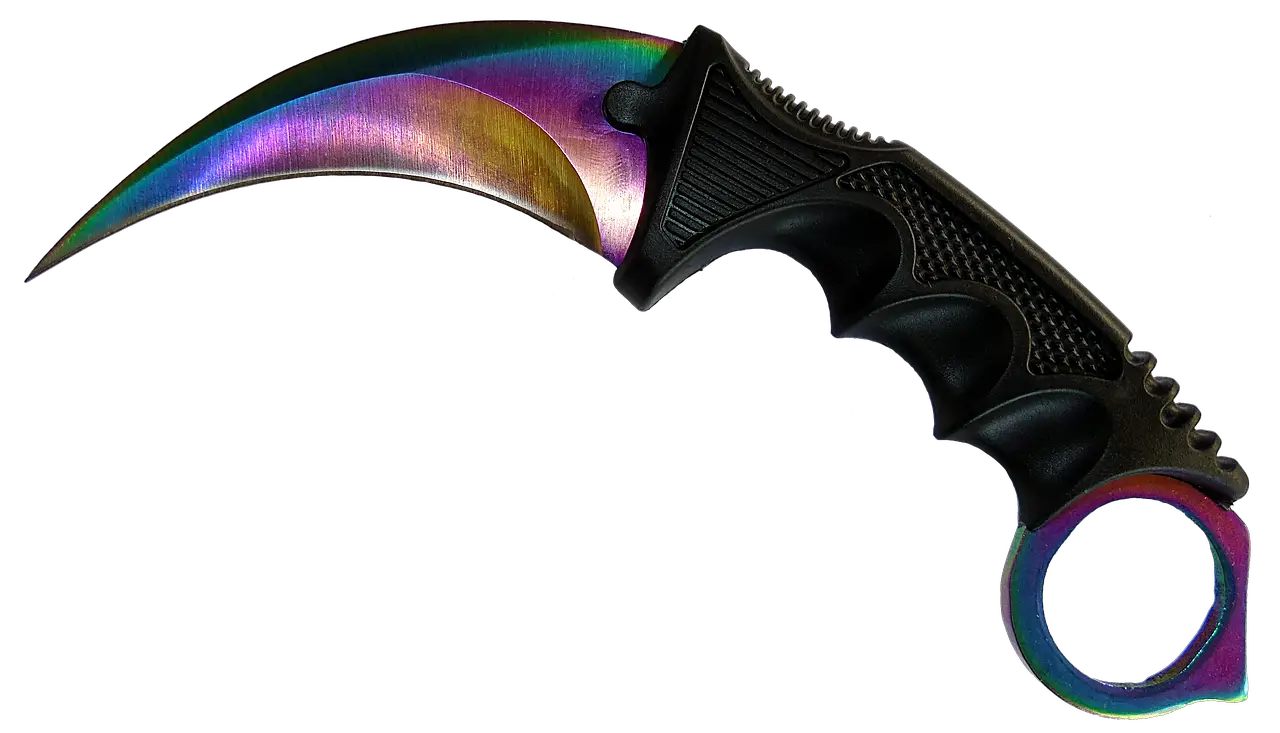Bedbug Treatment Ideas You Need to Know About
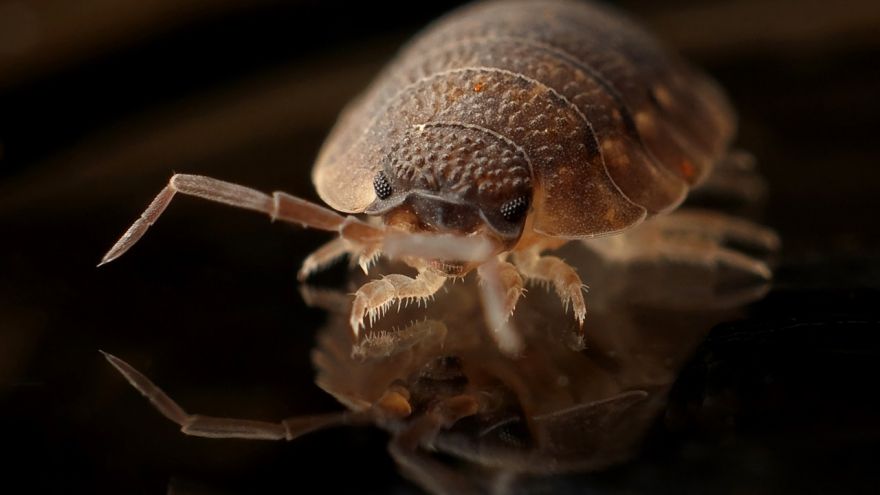 Bedbug Treatment Ideas You Need to Know About
thegearhunt.com
Bedbug Treatment Ideas You Need to Know About
thegearhunt.com
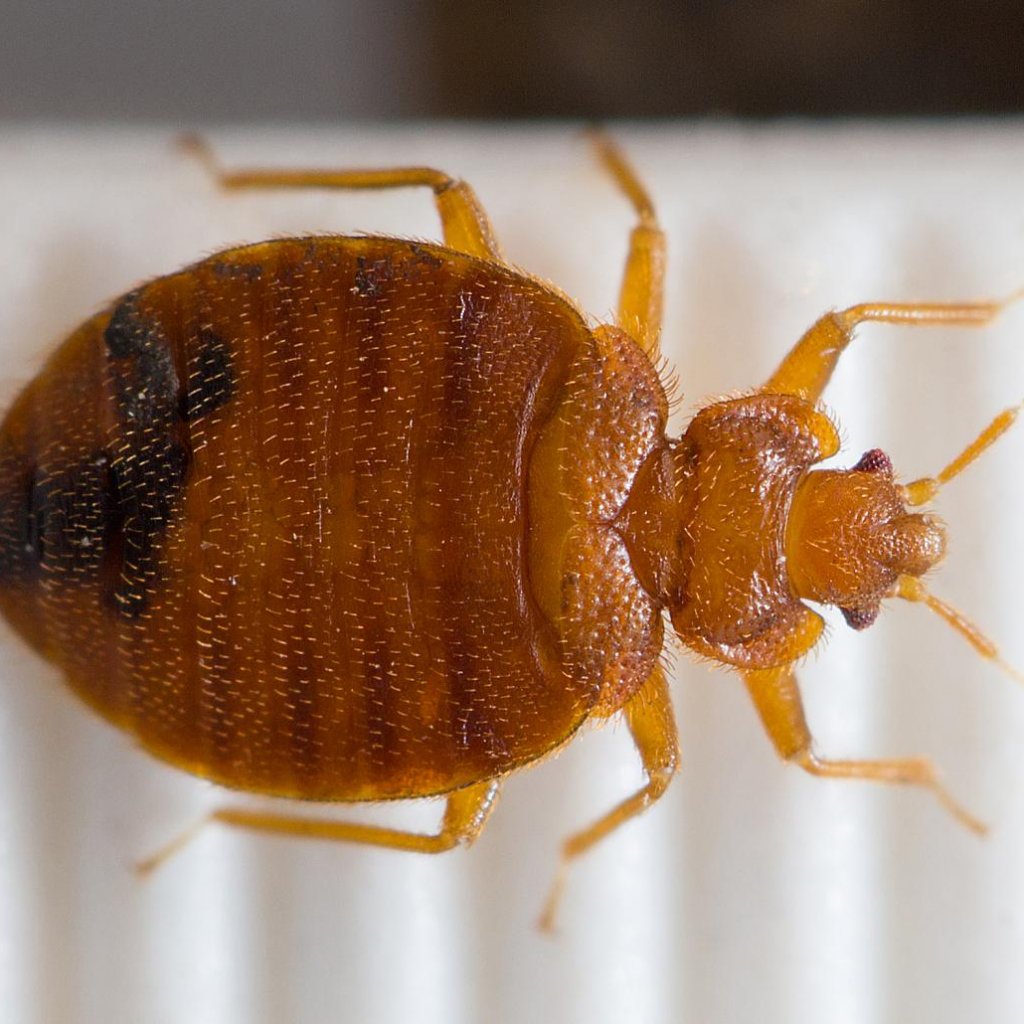 Bedbugs are tiny, brownish, oval insects that feed on the blood of both humans and animals. The adult critters feature flat bodies that are roughly the size of a single apple seed. After they feed, their bodies will swell up and become reddish in color.
Bedbugs are tiny, brownish, oval insects that feed on the blood of both humans and animals. The adult critters feature flat bodies that are roughly the size of a single apple seed. After they feed, their bodies will swell up and become reddish in color.
These tiny bugs are not capable of flying, but they can and do move rather quickly over ceilings, walls, and floors. The females are capable of laying many hundreds of eggs in their lives, and each egg is about the size of a single speck of dust.
Bedbugs that are not yet mature are called nymphs, and they shed their skin a full 5 times before they become mature. They require a dinner of blood each time before shedding their skin. In conditions that are favorable, they can become fully developed within a single month and reproduce a minimum of 3 generations in a year.
While these bugs are definitely a nuisance, they aren’t known to transmit any sort of diseases.
Where They Hide
Bedbugs can easily enter your home without being noticed on things like used furniture, clothing, or luggage. Their flat bodies mean that it is possible for them to fit into incredibly small spaces that are as small as the width of one of your credit cards. Bedbugs don’t make nests like bees or ants, but they do tend to live in groups where ever they are hiding. Initial hiding spots might be in places like headboards, bed frames, box springs, and mattresses where they will easily be able to access people to bite throughout the night.
With the passing of time, they might scatter throughout your bedroom and move into any protected location or crevice. They might even spread to other rooms or even to other apartments.
Because these critters live on blood alone, them being in your home is not a sign of filth. You will be just as likely to locate them in filthy homes as you will ones that are immaculate.
When They Bite
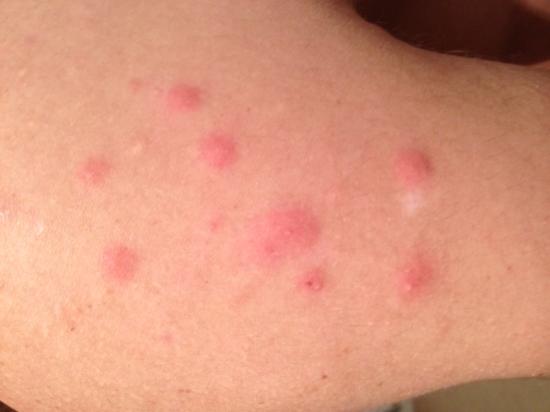 Bedbugs tend to be more active at night and they will typically bite people while they are asleep. However, if your infestation is particularly bad, you will find them everywhere and they will bite at any time of the day or night. They feed with their elongated beak that pierces the skin and allows them to drink your blood. They will feed for as long as 10 minutes before being engorged and crawling away without your notice.
Bedbugs tend to be more active at night and they will typically bite people while they are asleep. However, if your infestation is particularly bad, you will find them everywhere and they will bite at any time of the day or night. They feed with their elongated beak that pierces the skin and allows them to drink your blood. They will feed for as long as 10 minutes before being engorged and crawling away without your notice.
Most of the time, bites from a bedbug will be painless at the beginning but can turn into quite itchy welts later on. Unlike the bites of fleas – that are typically found around your lower extremities, bites from bedbugs will appear on any area of your skin that is exposed. Additionally, in further contrast to flea bites, the bite from a bedbug will not feature a red spot in the center.
People who are unaware of an infestation of bedbugs might attribute the welts and itching to other critters, like mosquitos. If you want to confirm that what you are experiencing are, indeed, bedbug bites, you will need to locate and identify the critters themselves.
Signs of an Infestation
If you wake up and notice places on your body that itch and those places didn’t before you went to sleep. You might have bedbugs. The chances of this are greater if you got some used furniture or a used bed right before noticing the itchiness. Other indicators of bedbugs include things like:
- Blood stains on your pillowcase or sheets
- Rusty or dark spots from the excrement of the bugs on your walls, bedclothes, mattresses, and/or sheets
- Shed skin, egg shells, or bedbug fecal spots in the areas where the critters can hide
- A musty, offensive odor from the scent glands of the bugs
If you think that you might have an infestation, take all of your bedding and check it over thoroughly for any signs of the excrement from the bugs or the bugs themselves. Take your dust cover off of the bottom side of your box spring and carefully examine the seams along the wooden framing. Peel the fabric back where it has been stapled into the wooden frame.
You will also need to check the area that surrounds your bed. This can include looking inside of your books, radios, and/or telephones, the edges of the rugs or carpet, and even in any electrical outlets. Also check in your closet because of the fact that these critters can and will attach themselves to your clothes. If you are unsure about the signs of an infestation, don’t hesitate to call a professional exterminator. They will know exactly what to look for and where to look for it.
If you do notice signs of an infestation, you can take the steps needed to get rid of them and make sure they don’t come back.
Treatments for Bedbugs
Ridding your home of bedbugs starts with cleaning those places where they seem to enjoy being. This can include the following areas:
- Clean all of your clothing, curtains, linens, and bedding in hot water before drying them on the highest setting your dryer has. Put things like shoes, stuffed animals, and anything else that can’t be washed into your dryer and run it on high for a minimum of half an hour.
- Using a stiff brush, scrub the seams of your mattresses in order to remove both the bedbugs and any eggs before you vacuum.
- Vacuum your entire bed and the area surrounding it frequently. When you finish vacuuming, put the used vacuum bag into the garbage and empty the garbage to outside.
- Encase your box springs and mattress in mattress covers that feature a zip closure to keep any more bedbugs from getting in or out. Keep in mind that these critters can live as long as an entire year without feeding, so you will need to keep the mattresses covered for a minimum of a year to ensure that they all die.
- Fix any cracks in the plaster and glue down any wallpaper that might be peeling in order to minimize the places where these foul creatures can hide.
- Remove any clutter that is around your bed.
If you have an infestation in your mattress, and you can afford it, throw it out and get a new one. However, before the new one comes into your home, you need to get rid of the bedbugs so that they won’t infest the new mattress.
Remedies to Rid Yourself of Bedbugs
Locate the infestation.
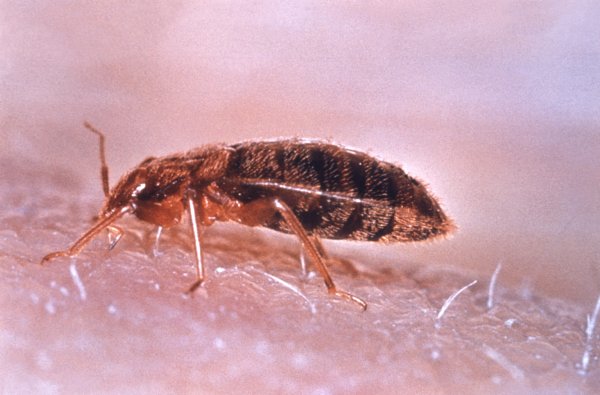 One of the first things that you will need to do is to in order to eliminate all of the traces of these bugs from your abode is to locate each of the areas that are infested. Bedbugs can typically be found in your bedrooms, but they can and do also inhabit any area of your home where pets and/or people sleep.
One of the first things that you will need to do is to in order to eliminate all of the traces of these bugs from your abode is to locate each of the areas that are infested. Bedbugs can typically be found in your bedrooms, but they can and do also inhabit any area of your home where pets and/or people sleep.
The United States EPA recommends that you carefully check all of the seams of your mattresses and any other soft furnishings that are in your house or apartment. Examine places like your bed frame, mattresses, and between any cushions or furniture, as well as any other likely hiding spots in your sleeping area. You should also check places like inside electrical appliances, behind any wallpaper that is loose, and the joints in drawers.
Keep in mind that any space that is at least the thickness of a credit card is a likely spot for them to hide.
Vacuum
A simple and effective way to get rid of bedbugs is to suck them up with a vacuum cleaner. This is a common household item that nearly every household has. To ensure that you get rid of the bedbugs and their eggs from around the seams of your mattress, you should first use a stiff brush on the material to loosen them.
Remember that these critters can and do hide everywhere so you will need to vacuum all of your soft furnishings and chairs, the curtains, your mattresses and box springs, and your carpets or rugs.
As far as controlling the population of bedbugs goes, a journal by the name of Clinical Microbiology Reviews reports that vacuuming is a quick way to rid yourself of the majority of your bedbugs as well as their eggs. When you use this tool to control your infestations of bedbugs, it is critical that you use a disposable vacuum bag. As soon as you get finished vacuuming your home, remove and make sure to seal the bag before getting it out of your home.
Freeze It
An easy way to kill bedbugs that you find on smaller items, you can out them in your freezer. Bedbugs can’t survive temperatures that are freezing, but they can survive for as long as a year in cool rooms even without a source of food.
To kill them naturally, you will need to place any infested items into a freezer that features a temp below 1° F for a minimum of 2 hours.
Hot Steam
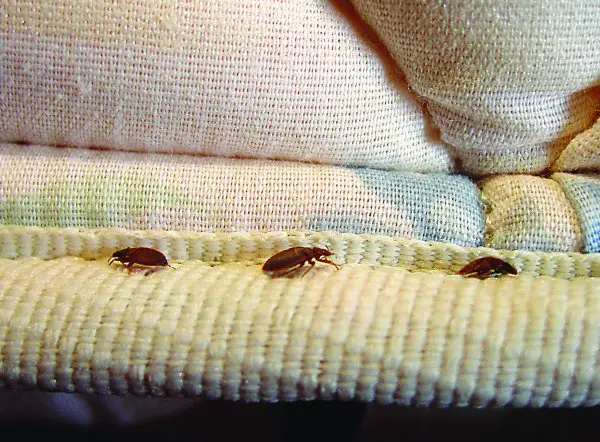 Using hot steam is a great way to naturally destroy both the bugs and their eggs while not harming the environment. With this method, you will also be able to get rid of the ones hiding in small cracks and crevices. The steam will also be able to get through the lining of your mattress and kill those bugs living there.
Using hot steam is a great way to naturally destroy both the bugs and their eggs while not harming the environment. With this method, you will also be able to get rid of the ones hiding in small cracks and crevices. The steam will also be able to get through the lining of your mattress and kill those bugs living there.
Bedbugs are killed quickly when they are exposed to temps over 140° F.
If you already have a steam cleaner, it can be used to kill bed bugs quickly and without any harsh chemicals.
To kill them fast using this method, you should:
- Vacuum any areas where you are going to use the steam.
- Use your steamer on any surfaces where you have seen the bugs and any areas where you think they might hide to kill them.
- After you have steamed, fabric might be a bit damp but not totally wet. It you notice that the fabric is too wet, just decrease the steam coming from the steamer.
- Once you have finished steaming everything, use a fan to circulate your air in order to help the items you used the steam on to dry.
- Repeat the entire procedure a few times to ensure that the bugs are all gone.
You should know that this process will only kill the bugs that get exposed to the heat, so any of the bugs that are not in contact with it will live.
Best Type of Steamer
Typically, a heavy-duty steamer that is powerful and has a large tank for water and a control for the volume of steam is recommended. Smaller steamers might not be as effective. Also, they cover a smaller surface area and require refilling often, and this can make them less effective. Additionally, they may not get hot enough to get rid of the bugs that are around and in your mattresses.
Other Natural Remedies
While all of the home remedies listed above are great ways to get rid of bedbugs, it will also be necessary to treat infected areas with insecticides that are natural in order to kill the eggs and bugs that are in places that are hard to reach. Here is a look at a few of the natural insecticides that you can use for this.
Tea Tree Oil Spray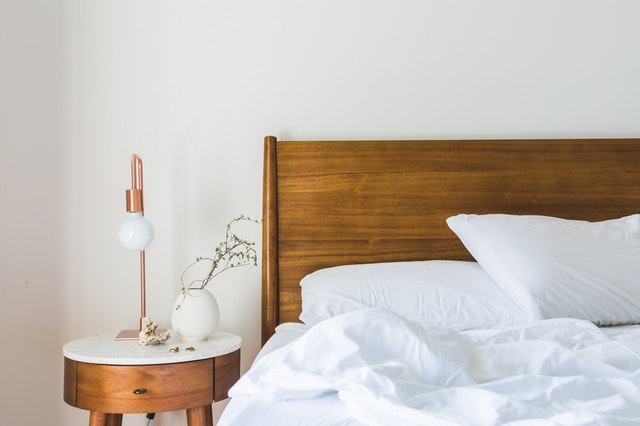
Tea tree oil has insecticidal properties that make it a fantastic natural treatment for getting rid of bed bugs. You can use a homemade spray to kill eggs and bugs in places that are difficult to reach like the joints of furniture, cracks, and crevices.
To make this insecticide, just put 20 drops of the oil into a spray bottle and then fill it with water. Shake it well. Now you will be ready to spray it in all of the areas where there might be eggs or bugs. Use it every day until all of the signs of them have completely disappeared. Keep in mind that you need to shake it well each time before you use it.
Lavender Oil Spray
Just as with the tea tree oil, you can use lavender essential oil to create a pesticide spray when you need to kill some bedbugs. The pesticidal properties of this oil are toxic to the critters while safe for pets and humans.
There was a study done that found that peppermint oil and lavender oil were effective at killing insects. The lavender oil also assists with destroy the eggs and larvae while repelling the mature bugs. Peppermint oil is also a strong repellent.
To use these oils as a bug spray, add 15 drops of the lavender oil to 15 drops of the peppermint oil in a spray bottle and then fill the rest with water. You can use this solution to treat any areas that are infested with the bugs. Use it until there aren’t any signs of the infestation. Remember to shake the bottle before using it.
FAQ’s Regarding Home Remedies
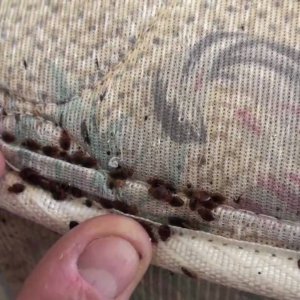 Can baking soda kill them?
Can baking soda kill them?
People have suggested that you can use baking soda to eliminate an infestation of bedbugs. This is due to them thinking that it will poison or dehydrate them. That being said, there isn’t any indication that it will eliminate them. In fact, baking soda itself doesn’t absorb fluids well, so it does nothing to dehydrate the critters. Actually, it doesn’t take much for baking soda to break down when it is in water, and this means that it is questionable as to whether it is able to absorb viscous, thick fluids like the was from the shells of the bugs. Additionally, bedbugs do not eat anything dry, so it won’t poison them.
What about salt?
People have been using salt for many years to kill a variety of pests, like snails and slugs, because it absorbs the fluids from them and dehydrates them quite quickly. Because of this, some people think that it can kill bedbugs in the same fashion. That being said, there is a lot of evidence that this isn’t true.
Boric acid and bedbugs?
Boric acid works as a pesticide for things like termites, ants, and roaches because it gets ingested by them. The mouths of bedbugs pierce and suck, which doesn’t allow them to eat anything but blood from their hosts. Because of this, the boric acid isn’t able to get into their stomachs and kill them.
How to Prevent Them
In closing, the very best method of ensuring that you never need to worry about the bites from a bedbug is to ensure that your home doesn’t get infected to begin with. Here is a quick look at some prevention tips.
- If you begin to notice that there are dark marks or spots of blood on your bedding, you should check immediately all of the areas of your bedding, mattress, and bed for the bugs.
- After coming home from a vacation or trip, vacuum all luggage thoroughly.
- When you stay in a hotel room, use a flashlight to inspect the mattresses and bed frames for the signs of the bugs.
- Before you bring any second-hand mattresses, beds, or furniture into your home or apartment, thoroughly examine everything to be sure that there aren’t any bedbugs hiding in the seams, joints, and corners.
Finally, if you ever do notice any of these annoying little critters, eliminate them with a good bedbug spray to ensure that you get rid of them for good.
Sources
- NY State Dept of Health, Bed Bugs – What They are and How to Control Them
- US Environmental Protection Agency, Do-It-Yourself Bed Bug Control
- Tips Bulletin, 6 Home Remedies to get rid of Bed Bugs









